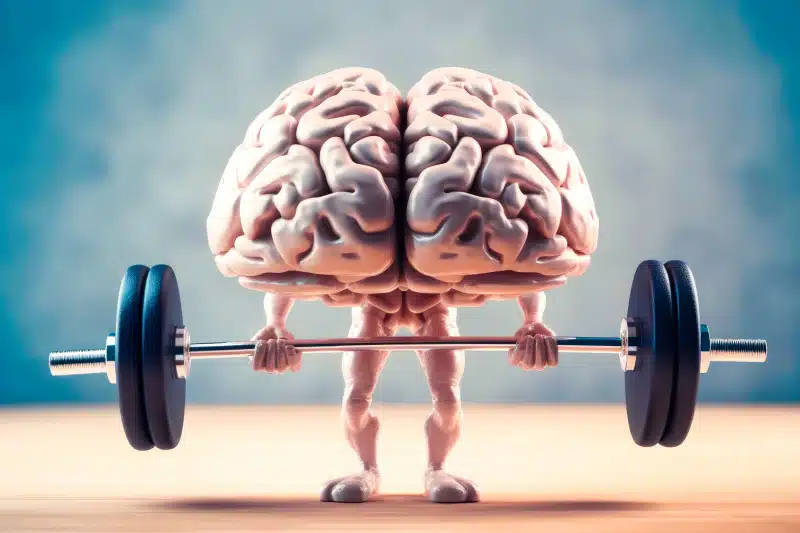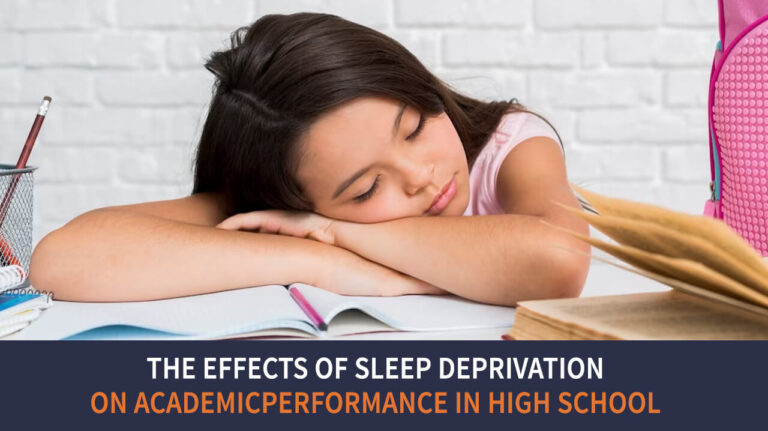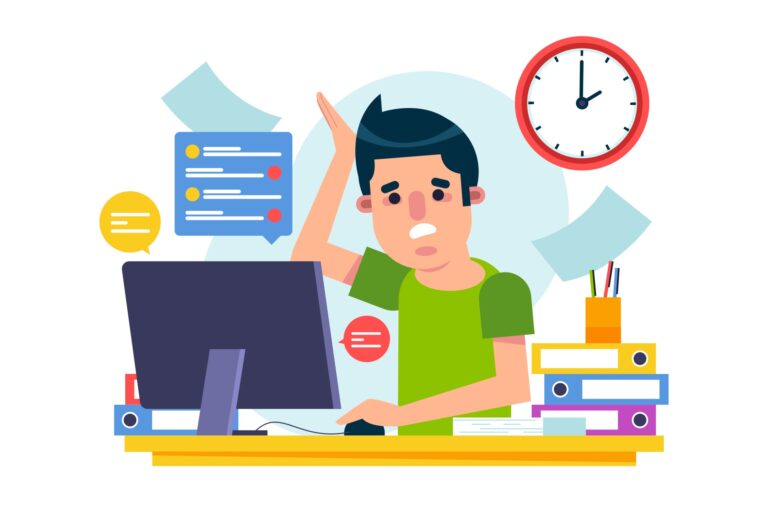The Connection Between Physical Activity and Academic Performance
The relationship between physical activity and academic performance is a topic of increasing interest among educators, parents, and researchers. Numerous studies indicate that regular physical activity can have a significant positive impact on students’ academic success, cognitive functioning, and overall well-being. This article explores the connection between physical activity and academic performance, highlighting the mechanisms behind this relationship and offering practical insights for integrating physical activity into educational settings.
Understanding Physical Activity
Physical activity encompasses a range of movements that enhance physical fitness and overall health. It includes structured exercise, sports, and unstructured play. For students, physical activity can take many forms, such as:
- Recess and free play: Time allocated for unstructured play during school hours.
- Physical education classes: Structured classes focused on developing physical skills and promoting fitness.
- Extracurricular sports: Organized sports teams and clubs that provide additional opportunities for physical activity.
Cognitive Benefits of Physical Activity
Enhanced Brain Function
Research has shown that physical activity positively influences brain health and cognitive functioning in several ways:
- Increased Blood Flow: Exercise increases blood flow to the brain, delivering oxygen and nutrients that enhance cognitive processes.
- Neurogenesis: Physical activity promotes the growth of new neurons, particularly in areas associated with memory and learning, such as the hippocampus.
- Improved Executive Function: Regular physical activity has been linked to better executive function, which includes skills such as problem-solving, decision-making, and attention control.
Academic Performance Correlation
Numerous studies have established a correlation between regular physical activity and improved academic performance:
- Higher Grades: Students who engage in regular physical activity tend to earn higher grades and perform better on standardized tests.
- Improved Concentration: Physical activity enhances concentration and focus, allowing students to engage more fully in classroom activities.
Emotional and Social Benefits
Stress Reduction
Physical activity is an effective way to reduce stress and anxiety. Exercise releases endorphins, which are natural mood lifters. A reduction in stress can lead to:
- Better Mood: Students are more likely to approach their studies with a positive attitude.
- Enhanced Resilience: Physical activity fosters resilience, helping students cope with academic pressures.
Social Interaction
Engaging in physical activities, particularly team sports, promotes social skills and collaboration. Benefits include:
- Building Relationships: Team sports and group activities foster camaraderie and friendships.
- Improved Communication Skills: Students learn to communicate effectively and work collaboratively, skills that are essential in academic settings.
Impact on Classroom Behavior
Improved Behavior and Engagement
Physical activity has been shown to positively influence classroom behavior. Key impacts include:
- Reduced Disruptions: Regularly active students exhibit fewer behavioral problems and are less likely to be disruptive during class.
- Increased Engagement: Physical activity can lead to higher levels of engagement and participation in classroom discussions and activities.
Better Attendance
Schools that promote physical activity often see improved attendance rates. Students who are physically active are generally healthier, which can lead to fewer absences due to illness.
Physical Activity Guidelines for Students
To reap the benefits of physical activity, students should follow established guidelines:
- Daily Activity: Aim for at least 60 minutes of moderate to vigorous physical activity each day.
- Variety of Activities: Engage in a mix of aerobic activities, muscle-strengthening exercises, and bone-strengthening activities.
- Incorporation into Daily Life: Encourage walking or biking to school, participating in sports, and incorporating physical activity into routine tasks.
Integrating Physical Activity into Education
Active Learning Strategies
Educators can incorporate physical activity into the classroom by using active learning strategies, such as:
- Movement Breaks: Implement short, structured breaks that involve movement to refresh students’ focus.
- Active Lessons: Design lessons that incorporate physical movement, such as walking discussions or hands-on activities.
Extracurricular Programs
Schools should provide a range of extracurricular activities that promote physical activity, including:
- Sports Teams: Offering a variety of sports can engage students with different interests.
- Clubs and Organizations: Encourage participation in active clubs, such as hiking, dance, or martial arts.
Conclusion
The connection between physical activity and academic performance is robust and multifaceted. Regular physical activity not only enhances cognitive function but also contributes to emotional well-being and positive classroom behavior. By integrating physical activity into educational settings, schools can promote a holistic approach to learning that benefits students academically and personally. As educators, parents, and policymakers recognize the importance of this connection, they can work together to create environments that prioritize and encourage physical activity for all students.






